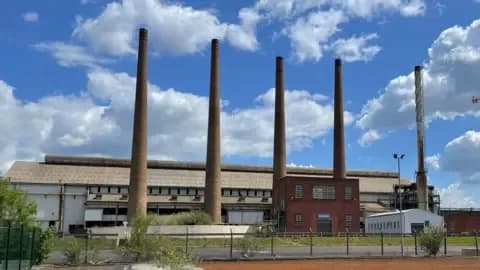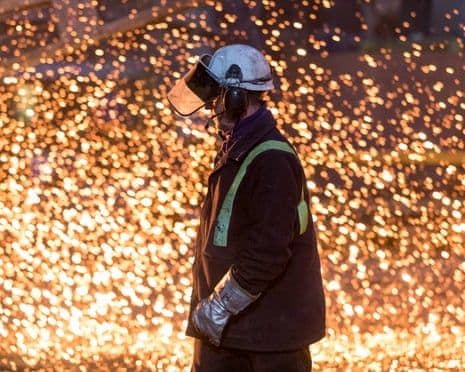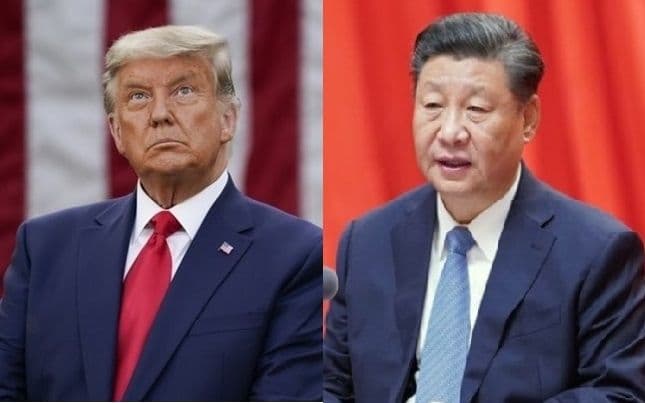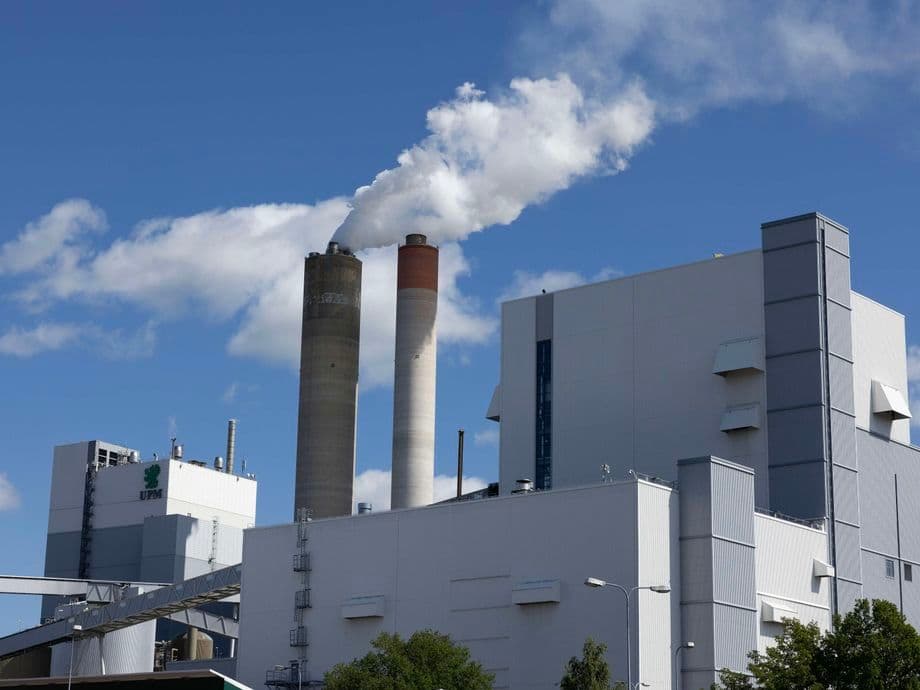Alchemy or Illusion? The Sanjeev Gupta Saga and the Future of UK Industry
Sanjeev Gupta: From steel 'saviour' to an empire under siege. Unpack the Greensill fallout, UK industry's fate, and the complex legacy for British manufacturing. A critical look.

From Cambridge to Colossus: The Ascent of GFG Alliance
Sanjeev Gupta's journey from a Cambridge University student to a global industrialist reads like a modern-day epic, or perhaps, a cautionary tale. Once hailed as the "saviour of steel," this Indian-born entrepreneur rapidly forged the , a sprawling conglomerate that acquired struggling industrial assets across the , , and . His vision was ambitious: to revitalize neglected factories, breathe new life into communities, and champion a "greensteel" revolution. For a time, it seemed he possessed the Midas touch, snapping up distressed operations and promising a brighter future for vital industries. He built a reputation for daring acquisitions and rapid expansion, creating a colossus that spanned metals, energy, and engineering. However, the sheer speed and scale of this expansion raised questions about its underlying stability, particularly concerning the unconventional financing that powered his empire. This aggressive growth strategy, while initially lauded, would later become the very fulcrum of its precarious unraveling, tying the fate of his vast holdings to a single, ultimately fragile, financial pillar.
The Greensill Implosion: Anatomy of a Financial Quake
The meteoric rise of the was inextricably linked to the unconventional financing provided by . When , a supply chain finance firm, imploded in 2021, it sent shockwaves through empire, exposing the precarious foundations upon which his acquisitions were built. had extended an astonishing $4.5 billion (£3.3 billion) in loans to the , and its collapse left a trail of creditors, including major players like and , scrambling to recover their funds. This financial quake immediately plunged into a desperate search for new financing, a scramble that proved largely futile. Adding to the turmoil, the launched an investigation in 2021 into and himself, probing allegations of fraud, fraudulent trading, and money laundering, particularly in connection with the relationship. While and vehemently deny any wrongdoing, the investigations cast a long shadow, highlighting the opaque nature of the funding that fueled his rapid expansion and the severe repercussions when such a critical financial artery is severed. This unprecedented financial unraveling directly jeopardized key assets, especially those deemed strategically vital for the .
UK Steel's Reckoning: Government Hand-Wringing or Decisive Action?
The fate of , particularly the assets under , became a critical flashpoint in the wake of the collapse. For a nation grappling with its industrial identity, the question became whether the government would simply wring its hands or take decisive action to safeguard these vital strategic assets. Ultimately, a winding-up order was issued, effectively ending control over key steelworks. This move, supported by the government, saw the official receiver and special managers from step in, highlighting the state's direct intervention to protect jobs and industrial capacity. Business Minister underscored the strategic importance of these steelworks, confirming the government's commitment to their future. It was a clear rejection of own proposal to shed debts via a pre-pack administration and buy-out, a plan deemed too uncertain given the company's opaque finances and the insolvency of its parent entities. With having produced virtually no steel for over a year, the government now shoulders the operational and financial risks, actively seeking independent third parties interested in restarting production, mirroring historical interventions to protect industries like .

A Legacy Forged in Fire: What Lies Ahead for Gupta and Britain's Industrial Heart?
legacy, once envisioned as a testament to industrial revitalization, now appears to be one forged in financial fire and legal uncertainty. While he maintains his innocence regarding the ongoing investigation into fraud and money laundering, the empire he meticulously built has largely crumbled, with control lost over key businesses across the , , and . Currently managing remaining operations from Sydney, himself has expressed sadness over the unraveling, a poignant reflection on his grand ambitions. Yet, his team continues to express hope, even suggesting a potential re-acquisition of with new financial backing. For industrial heart, the path ahead is clearer but no less challenging. The government, now holding the reins of the strategic steel assets, is actively engaging with third parties to ensure steelmaking continues, learning from the volatility that characterized tenure. This saga serves as a potent case study: a stark reminder of the delicate balance between entrepreneurial zeal, the allure of unconventional financing, and the imperative of national strategic interests. The future of , no longer solely reliant on one man's vision, will instead depend on robust governance and sustainable investment, hopefully leading to a more stable and resilient industrial landscape.
Related Articles

The Geoeconomic Chessboard: Tariffs, Rare Earths, and Strategic Vulnerabilities

The Geoeconomic Chessboard: Tariffs, Rare Earths, and Strategic Vulnerabilities

The Unsung Heroes Under Siege: How Geopolitics Puts Basic Chips – and Global Industry – on Edge

The Unsung Heroes Under Siege: How Geopolitics Puts Basic Chips – and Global Industry – on Edge

Beyond the Pulp Fiction: UPM's Strategic Cuts in a Shrinking Paper World

Beyond the Pulp Fiction: UPM's Strategic Cuts in a Shrinking Paper World

The Unsettling Tide: Navigating Trust and Transparency in the Wake of the eFishery Scandal
